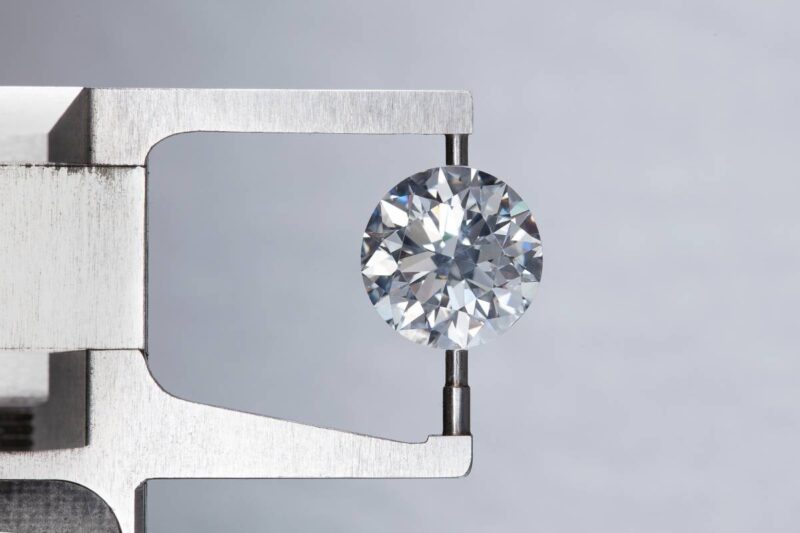The Plumb Club’s Industry and Market Insights 2025 consumer research reports increased awareness and acceptance of lab-grown diamonds and gemstones among U.S. jewelry consumers.
Conducted in collaboration with trend forecaster Paola De Luca (The Futurist) and analytics firm Qualtrics, the study surveyed more than 2,000 individuals between the ages of 25 and 60, each with a household income of at least $75,000 and some level of college education. The findings will be formally presented at the JCK Las Vegas Show on June 7.
Growing Awareness and Understanding
According to the survey, 84% of respondents reported being aware of the availability of lab-grown diamonds in fine jewelry. Since the 2023 survey, there has been a 13% increase in consumers who say they understand the differences between natural and lab-grown diamonds, along with a 15% decrease in those who say they do not. Still, 49% stated they were not confident in identifying the differences between the two.
In terms of technical understanding, 45% of respondents identified lab-grown diamonds as “identical to a natural diamond in composition and appearance, but created in a lab,” up from 41% in 2023.
Openness Across Product Categories
The study found strong levels of consumer openness to lab-grown stones across a range of jewelry categories:
- Lab-grown gemstones: 83% of respondents said they would consider buying lab-grown rubies, emeralds, or sapphires if they were informed that the stones are chemically, optically, and physically the same as mined versions.
- Lab-grown diamonds in non-bridal jewelry: 83% expressed openness to receiving these in fashion or fine jewelry pieces.
- Engagement rings: 74% said they would be open to receiving a lab-grown diamond ring.
Consumer Preferences Remain Divided
When asked to state a preference for engagement rings, 33% of consumers said they would prefer a lab-grown diamond, while 30% would prefer a natural diamond. A further 37% indicated they did not have enough information to make a decision.
In a comparison between two diamonds of the same cut, color, clarity, and size, 49% of respondents preferred a natural diamond, 17% preferred lab-grown, and 34% had no preference.
Factors Influencing Purchase Decisions
Among consumers considering a lab-grown diamond or lab-grown diamond engagement ring, the following were reported as primary motivators:
- 31% cited price as the most important factor, a decrease from 45% in 2023.
- 30% said the ability to purchase a diamond with higher clarity or color was their main reason, an increase from 23% in the previous survey.
- 17% and 16%, respectively, pointed to ethical and environmental reasons, which remained largely unchanged from prior years.
This shift indicates that more consumers are considering stone quality, as well as price, when evaluating lab-grown options.
Implications for Retailers
The Plumb Club’s 2025 data indicates an ongoing shift in consumer attitudes toward lab-grown diamonds and gemstones. While awareness and openness are increasing, preferences remain mixed and many consumers still express uncertainty about how lab-grown stones differ from their natural counterparts.
Retailers may find it useful to communicate product attributes and origins clearly to help address ongoing consumer uncertainty. The role of in-store education, signage, and training may become more significant as consumers weigh quality, origin, and cost considerations when making purchasing decisions.
The full findings will be presented on Saturday, June 7, at 12:00 PM PDT on the Showcase Stage at the JCK Las Vegas Show. Retailers seeking further information can contact their Plumb Club Member vendors or visit the Plumb Club Pavilion at the event.




